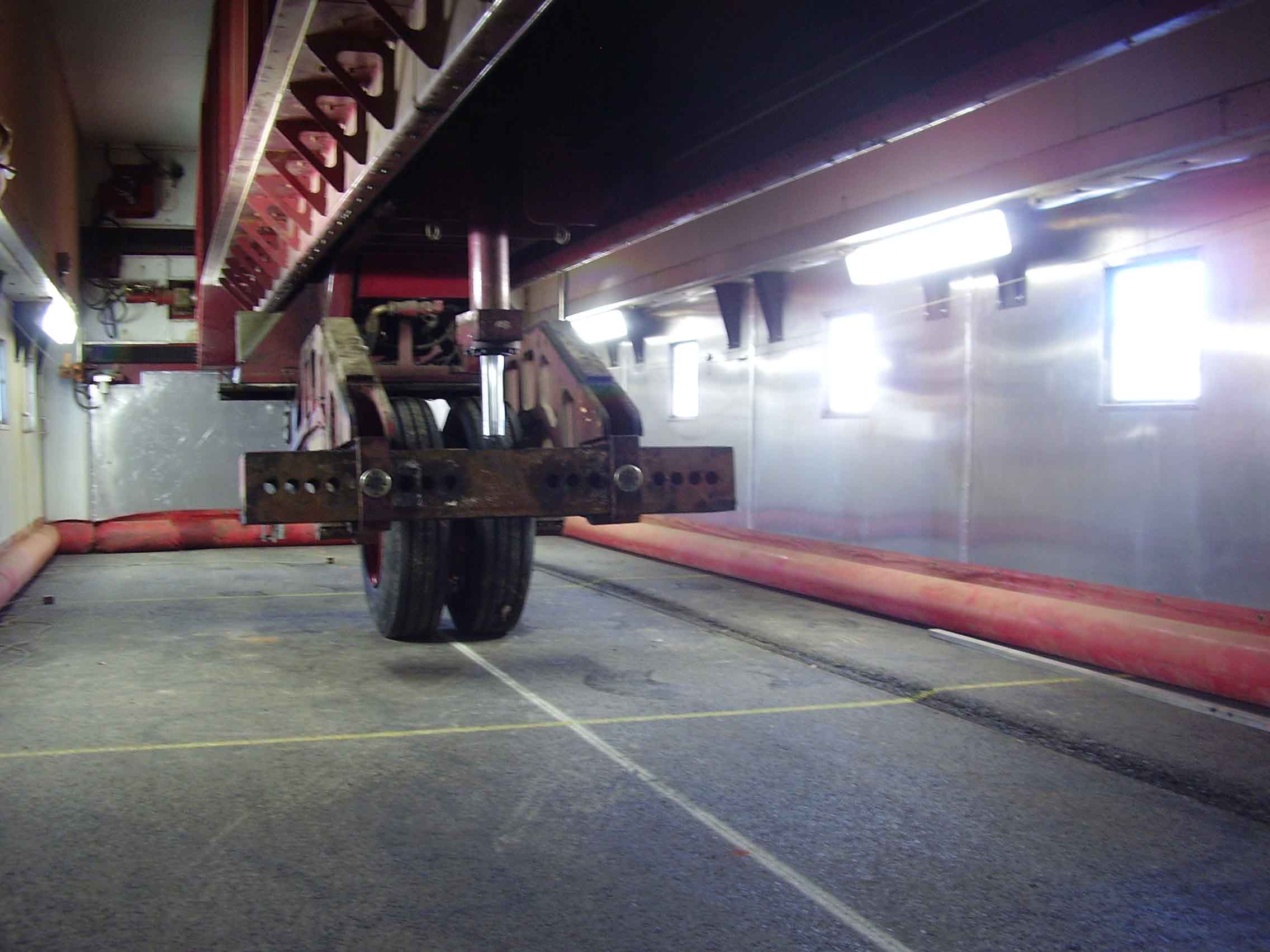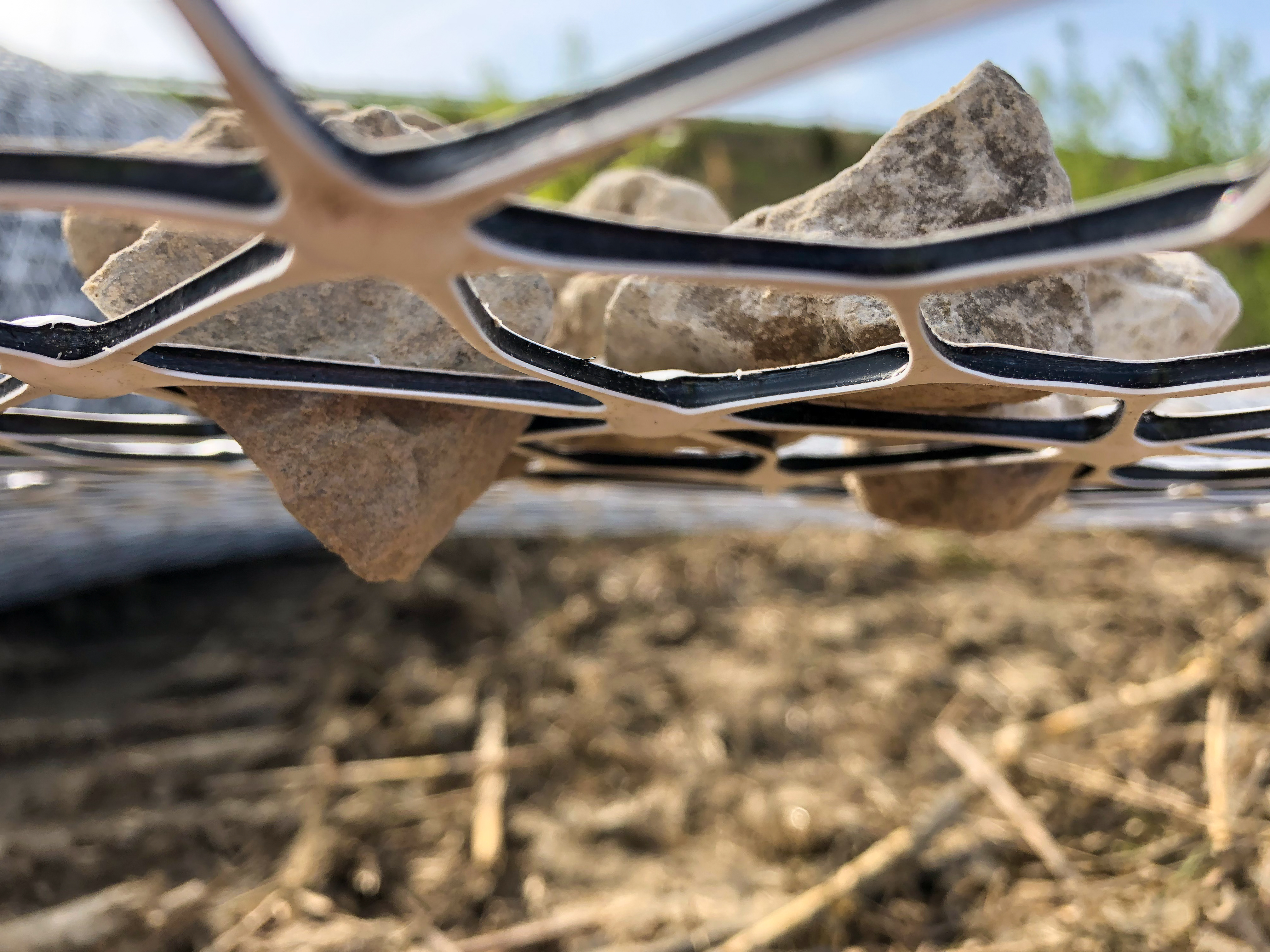Beneath the Build: Substituting Geogrid
by Katie Phillips, on May 13, 2025
 One of the most important takeaways from this discussion is a word of caution: Don’t assume you can substitute one geogrid for another based on looks or material specs alone. Even grids with the same geometry may behave differently in practice. To ensure performance expectations are met, contractors should work with engineers to verify that the proposed geogrid has been validated with appropriate test data. Failure to do so can lead to costly repairs, project delays or even structural failure.
One of the most important takeaways from this discussion is a word of caution: Don’t assume you can substitute one geogrid for another based on looks or material specs alone. Even grids with the same geometry may behave differently in practice. To ensure performance expectations are met, contractors should work with engineers to verify that the proposed geogrid has been validated with appropriate test data. Failure to do so can lead to costly repairs, project delays or even structural failure. Consider Total Installed Cost
Consider Total Installed CostWhile one geogrid might have a lower upfront cost, it could require a significantly thicker aggregate base, increasing material and hauling expenses. As Tommy explains, it’s important to understand your project goals:
- Are you trying to reduce cost?
- Are you up against a tight timeline?
Key Takeaways
If you are considering substituting a geogrid remember:
- Looks can be deceiving – Geometry and material don’t always tell the full story.
- Validation matters – Always rely on performance data, not index specs alone.
- Don’t go it alone – Engage your geotechnical engineer or a Tensar representative to evaluate options.
For questions or site evaluations, contact your local Tensar expert—because performance isn’t just specified, it’s proven. Connect with Tensar here.
Check out our Geogrid Comparison Guide for resources to help make sure your project performs as designed: Geogrid Comparison Guide
Did you miss this week’s episode of Beneath the Build or want to watch it again? Find it here.




